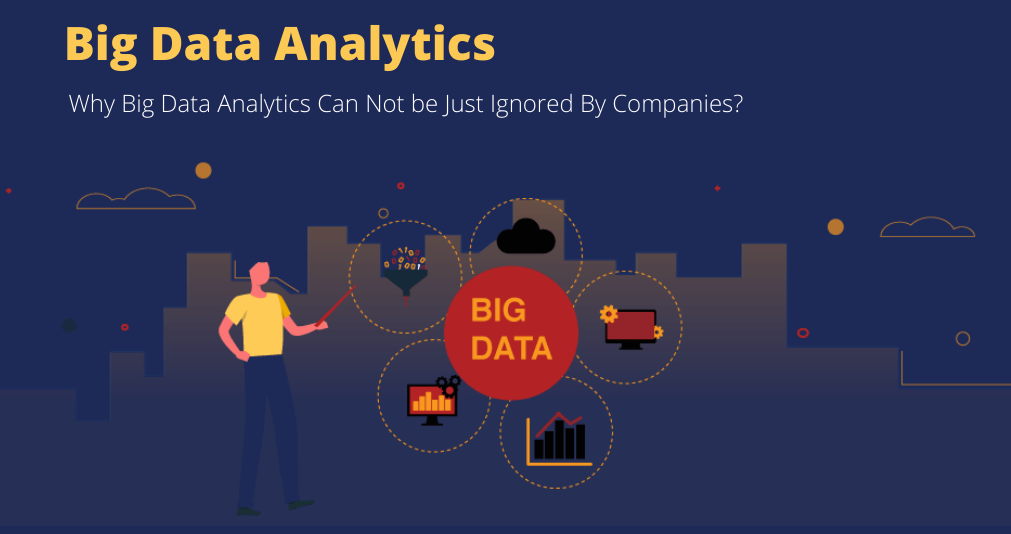There is no disputing that technology is here to stay for the foreseeable future. It has become a necessary part of everyone’s everyday lives, and more and more companies are being forced to either keep up with or risk being left behind by technological advancements.
With everything from census records to birth registrations, we’ve been gathering information for hundreds of years. However, since the invention of the internet, the quantity of data we generate and gather has increased by orders of magnitude, reaching unprecedented levels. When it was first announced in 2013, it was estimated that 90 percent of all data on the planet had been generated in the preceding two years. Since then, the figure has risen by orders of magnitude.
What are the advantages of using large amounts of data?
First and first, it is necessary to understand why so many companies are attempting to make use of big data before we can discuss its dangers. Many areas of our life have already been transformed by the use of big data. Let’s take a look at some of the advantages.
Big data provides more accurate insights
The use of large amounts of data has the potential to significantly improve data analytics. When used correctly, big data may be used to identify completely new trends, segment consumers with amazing precision, and enable unparalleled levels of creativity in technology and product design, among other things.
The use of big data provides a distinct competitive edge
Big data is defined as a continuous stream of real-time information. Organizations may also respond to changes in real time by leveraging this flow of information. As a result, they can remain one step ahead of the competition in ways that businesses in the past could only fantasies about doing.
It has enormous potential to increase productivity
Big data analytics solutions technologies such as Apache Hadoop and Spark enable data analysts to deal with datasets that they would not otherwise be able to access or manipulate. Not only does this increase the productivity of data analysts, but it also allows them to get much better insights and identify trends, which in turn increases the productivity of other employees as a result.
Big Data – A Driver of Innovation and Product Development
- Various companies use big data as a useful tool to predict customers’ needs on what they expect from their products and services. Moreover, this data allows companies to get ahead of competitors by bringing new and innovative products to the market. Companies hereafter do not need to take the help of focus groups and surveys. Instead, they can validate different ideas on their own and use multiple data points to create a solution that can be customer-centric.
- One example is Netflix, where they use a recommendation engine to help their users find new and interesting things to watch, which is completely data-powered. And we can see that various factors influence algorithms – viewing history and what others like them have watched. The company uses the same kind of information to help and assist them in making many decisions. For example: Providing funding to upcoming and new productions. Thereby, companies will create original and unique content based on what audiences would prefer and like to watch, which will boost its profits shortly.
- If data-driven forecasts are provided into more likely to succeed offerings, it can eliminate the guesswork associated with releasing new products when done effectively. Plus, even other things could be avoided, such as – costly failures and long trial and error processes.
- So the cases we mentioned above can represent a small percentage of how various companies use big data analytics to create a lot of value. A lot of organizations are already, in fact, putting these technologies to the best maximum use they can to attract and retain customers, optimize delivery routes, and create products and services that people would want to buy.
- Regardless of whether you own a financial services firm or a store or aim to launch the next great streaming service, your data strategy must be purpose-driven and centered on long-term objectives.
- Though many technologies like AI, machine learning, and big data analytics can play a critical role in helping companies to be able to achieve their business objectives, they are only a means to an end. A data-driven culture, cross-departmental alignment, and a laser focus on specific issues and opportunities are all prerequisites for achieving successful analytics in the long run.
- It is true that trying to implement a successful data analytics strategy that drives real value is not very easy. But take the help of experts. They can do a lot to help you in identifying and recognizing critical use cases and develop a big data strategy that gives you significant returns.







